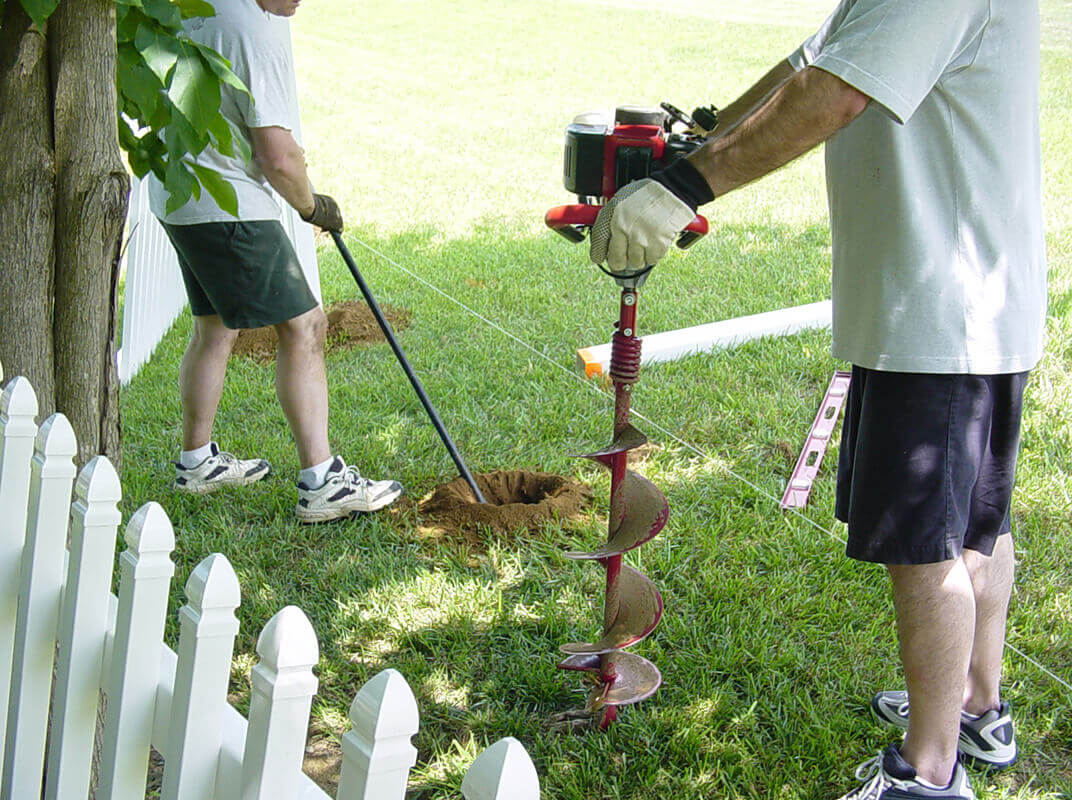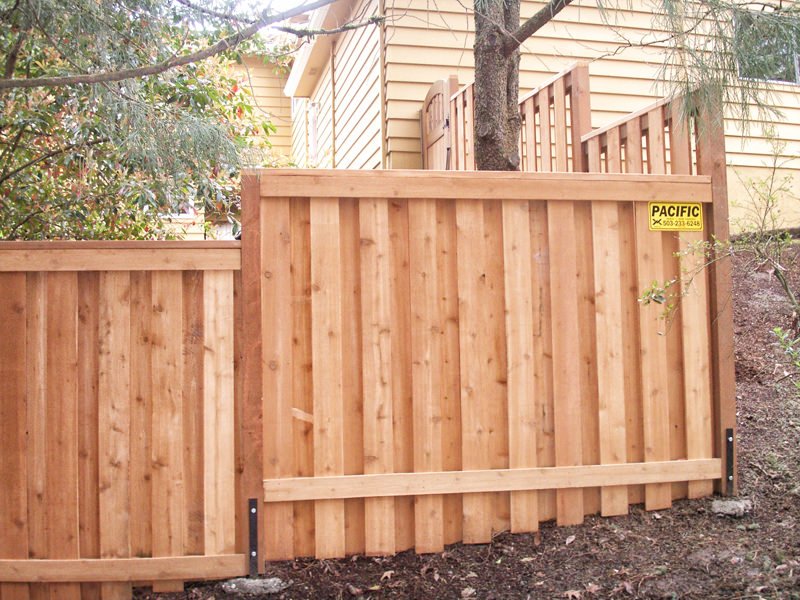Step-by-Step Overview to Installing a Timber Fence for Your Home or Building
Installing a wood fencing can considerably enhance both the capability and aesthetic charm of your residential property. Recognizing these steps not only makes sure a sturdy installation however also contributes to lasting contentment.
Planning Your Fencing Setup
When beginning on the installation of a timber fencing, cautious preparation is important to make sure an effective result. Begin by evaluating the purpose of the fence-- whether it is for privacy, security, or visual appeals-- since this will affect the style and format. Next, examine the building lines, taking treatment to verify the borders with a survey or title deed to avoid disagreements with next-door neighbors.
Think about neighborhood zoning laws and property owners' organization standards, as these may dictate fence elevation, layout, and products. It is a good idea to acquire the essential permits before starting job, as this can protect against legal complications in the future.
In addition, take into consideration the terrain and dirt conditions of your home. Uneven ground may need additional adjustments during installation, while rocky dirt could require specialized tools.
Last but not least, create a detailed strategy that consists of measurements, the number of messages, and the spacing in between them. A clear layout will promote the installment process and guarantee that you have actually all needed materials accessible. By sticking to these planning steps, you can establish a strong foundation for an effective timber fence installment.
Selecting the Right Products
Choosing the suitable products for your wood fencing is important to making certain toughness and visual appeal. The most usual types of timber made use of for fencing include cedar, redwood, and pressure-treated yearn.
Pressure-treated pine is one more prominent choice, as it is commonly a lot more cost effective. Nonetheless, it needs normal upkeep and treatment to extend its life-span. When picking wood, take into consideration the climate of your area; for instance, locations with high moisture may gain from timber species with better resistance to dampness.
In addition, you must assess the fencing design and purpose. A picket fence may call for various material specs contrasted to a privacy fence. Go with thicker boards for architectural honesty, specifically in high-wind areas. Think about the finish; without treatment wood may require discoloration or securing to safeguard versus climate aspects. By carefully choosing your products, you can make sure that your timber fence will certainly stand the examination of time while matching your home's landscape.
Preparing the Installation Site

Preparing the installation site is an important step in making certain the successful building of your wood fencing. Appropriate prep work not just helps with a smoother installation procedure but additionally adds to the durability and stability of the fencing.

Next, examine the terrain. Get rid of any type of barriers such as rocks, roots, or particles that might impede the installation procedure. If your website has uneven ground, take into consideration leveling it or adjusting your fencing layout appropriately. Furthermore, look for below ground energies by contacting your regional utility firm. This is necessary to avoid damages throughout setup and make certain safety and security.
Setting Up the Fencing Blog Posts

Following, dig holes for every post, ensuring they are deep enough-- typically one-third the height of the article above ground-- to provide security. A deepness of at least redirected here 2 feet is a good idea for most fencings. The diameter of the openings ought imp source to be roughly three times the size of the messages.
As soon as your openings prepare, area each message upright into the designated opening. Utilize a level to guarantee they are plumb, readjusting as necessary. After positioning, fill up the holes with concrete mix or jam-packed soil for included assistance. Enable the concrete to cure based on the producer's instructions, generally 24 to 48 hours. Effectively mounted articles are critical for preserving the architectural stability of the fencing, ensuring it remains safe and upright against environmental stress and anxieties.

Adding Fencing Panels and Ending Up Touches
Once the fencing messages are safely established, the next action entails attaching the fencing panels, which will specify the limits of your home. Begin by positioning each panel between the messages, guaranteeing they are degree and lined up. Use a degree tool to examine that the panels are straight; this will make certain a professional finish. For optimal stability, safe and secure each panel to the articles utilizing galvanized screws or nails, which resist corrosion and deterioration.
After all panels are attached, inspect the whole fence for any type of misalignments or spaces. Make changes as required to make certain an uniform appearance.
In addition, applying a protective sealant or discolor will certainly boost the timber's resilience against weather condition aspects, lengthening the life of your fencing. Choose a color that complements your home and landscape for a cosmetically pleasing look. Check regional policies for any called for upkeep or updates to guarantee compliance with area criteria. With these steps, your site timber fencing will certainly not only serve its purpose efficiently however likewise improve the general charm of your residential or commercial property.
Verdict
Finally, the effective installation of a wood fencing needs mindful planning, selection of proper materials, comprehensive site preparation, and precise execution of installation methods. Interest to detail throughout each stage guarantees architectural stability and aesthetic appeal. By sticking to the laid out steps, residential property proprietors can improve privacy, visual, and protection charm, eventually contributing to the total worth and functionality of the residential or commercial property. Proper upkeep post-installation better extends the life and look of the timber fencing.
When embarking on the installment of a wood fence, mindful planning is essential to ensure a successful outcome.Choosing the proper materials for your timber fence is crucial to making sure sturdiness and visual charm. A picket fencing might need different product specs contrasted to a personal privacy fencing.With the installation website effectively prepared, the next action includes setting the fence posts, which serve as the foundation of your timber fence.As soon as the fencing articles are securely set, the next step involves attaching the fence panels, which will define the boundaries of your home.